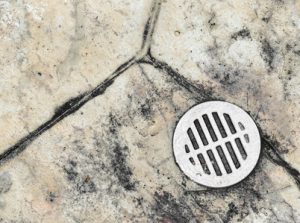 Sewer bubbles are those small bubbles than can pop up in your home’s drains or even the toilet. They can be a source of concern if you don’t know what is causing them. Sewer bubbles are basically caused by air getting trapped in your pipes near the surface of the drain as a result of slow moving drainage. This usually happens because of improper venting or a clog somewhere down the pipeline.
Sewer bubbles are those small bubbles than can pop up in your home’s drains or even the toilet. They can be a source of concern if you don’t know what is causing them. Sewer bubbles are basically caused by air getting trapped in your pipes near the surface of the drain as a result of slow moving drainage. This usually happens because of improper venting or a clog somewhere down the pipeline.
A Vacuum Effect
The improper venting causes restriction in the flow of water. It can cause backups in your home leading to costly repair bills. A clogged vent will cause all of the plumbing fixtures attached to it to drain very slowly as if there was a clog. In fact, it can cause clogs to form. If you notice sewer bubbles coming from any one of the drains or even the toilet, it is time to call your Melbourne, FL area plumber who can further assess your plumbing needs and prevent costly cleanups and repairs.
Sudden Onset of Sewer Bubbles
If you have been living in a home for a while and the bubbles just begin one day, the most likely culprit is a clog. Where there is a clog, water begins to back up due to slow draining, or no draining at all. Because all pipes are interconnected, a clog at one end will affect the drains of those higher up. The water will rise up into the part of the drainage system that holds air. The increase in pressure every time one fixture is used will force more water and air up through the drains behind the clog resulting in the sewer bubbles.
The Remedy
One option for many DIY-ers is to use a plumbing snake to clear the debris and allow water to flow freely once again. The snake breaks up the buildup of material by bringing some of it up and allowing the rest of it to flow down towards the larger exit pipe. These devices can be particularly useful for clogs, but if the vent is the problem, a snake will not help. If you have frequent clogs, it may be a good idea to contact a professional plumber to evaluate your home’s plumbing ventilation system to ensure it is in proper working order. While sewer bubbles are not necessarily the sign of an immediate plumbing emergency, they are a cause for concern, so don’t ignore the problem for too long.